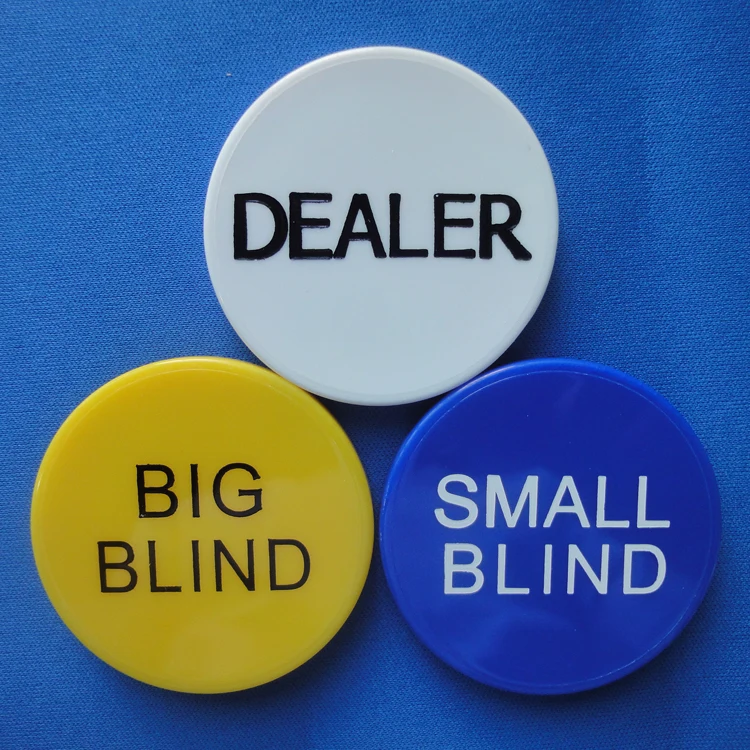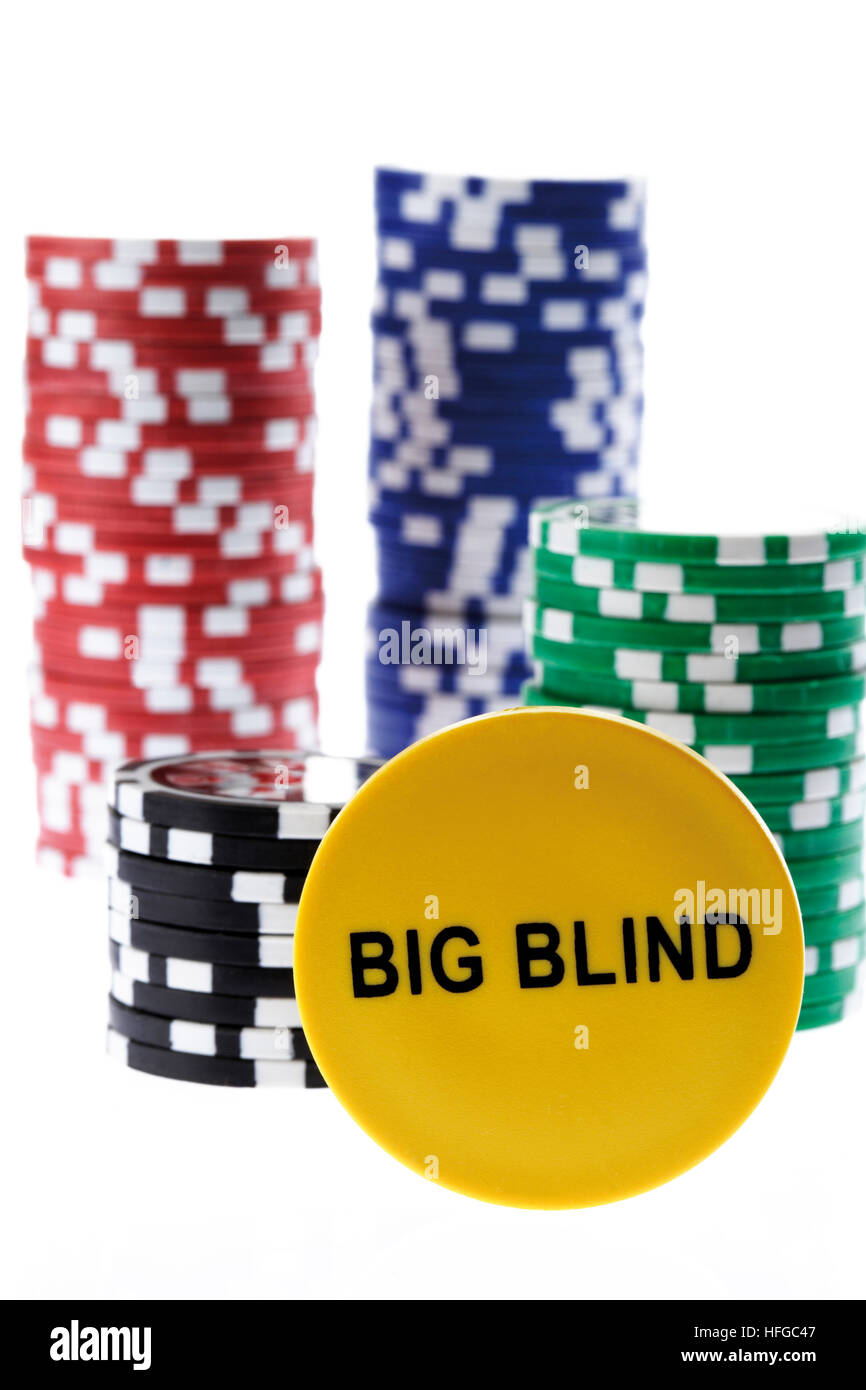Poker Chips Big Blind
What are poker blinds ?
Based on the limit of the poker game the player to the left of the dealer’s button (small blind) and the player two to the left of the dealer (big blind) are required to place mandatory bets in the pot before cards are dealt (Small blind has to put half of the big blinds amount). These bets count toward the first round of betting. So if the pot is not raised pre-flop, small blind will only have to put half a bet to call and big blind has the option of raising or just checking.
A blind is a forced bet meant to ensure action in a game of poker. There are two blinds in each hand: the small blind and the big blind. Calculating Big Blinds. Calculating the number of big blinds you have left is easy: simply count how many chips in your stack and divide by how much the big blinds are. If you have 10,000 chips and the blinds are 50-100, then you have 100 big blinds. Heavy clay composite chips have the look and feel of authentic casino chips, making them great for poker enthusiasts. Composite chips made of heavy compressed plastic have a more slippery feel and make a harder clicking sound compared to clay composite chips. Carry cases designed with sponge linings help to protect poker chips.

In a poker tournament, blinds go up gradually. This is to ensure that the tournament finishes on a timely manner. (the higher the blinds get the more players tend to get eliminated).

Blinds usually go up after predetermined periods of time. (for example every 15 or 20 minutes).


Poker Chips Big Blind Visually
Two main factors determine blind structure of the game:
- Starting chip amount
- How long you want the tournament to last.
Poker Blind Structure Tips
- The first big blind should be 1/50 of the starting chip amount. (or the starting chip amount should be 50 times the starting big blind). So if everyone starts with 1000 in chips the first big blind should be 10/20.
- Blind period is the time each blind lasts:
- Typical tournament blind periods are 10, 15, 20, 30, or 60 minutes.
- Blinds period should be the same for every blind.
- The faster the blind period is the faster the tournament ends and the more luck involves. So it’s a good idea to have slightly longer blind periods at your house game. 15 or 20 minute blind periods are good choices. Blinds in online websites tend to go up faster. This is because online poker action is much faster than live poker.
- Blinds typically double after each round. If the first big blind is 10/20, the next one should be 20/40.
Always have the basics on hand! This Big Blind button has a diameter of 1.25 inches. It has a yellow face and features the words “BIG BLIND” in black, easy-to-read letters. Made with high-quality plastic, this game accessory will last you many fun games. Also available in double pack with the Little Blind Button. The size of the bets are determined by the limits of the game that you’re playing and the small blind is nearly always half of the big blind. So a $2/$4 Limit Hold’em game has a small blind of $1 and a big blind of $2. Blinds are forced bets. The players in these positions must make these bets or they aren’t dealt cards in the hand.

Calculate Blind Structure
Follow these simple steps to create blind structure that best fits your game:
- Decide your starting chip amount.
- Divide it by 50. This should be your first big blind.
- Make your final big blind (when the tournament should finish) equal to your starting chip amount.
- Arrange the middle level blinds so that they gradually increase from your first big blind to the last one. It is best to keep the first couple blind periods low.
- Add the period (times) together. If it seems too long takes couple levels off the chart, and if it seems short add couple level to the chart.
Sample Tournament Blind Structure Chart
Following is a chart of recommended blind structures based on different starting chip stacks :
Poker Chips Big Blind Brackets
| Blind Period | Chip Stack | |||
| 100 | 1000 | 2500 | 5000 | |
| 1 | 1/2 | 10/20 | 25/50 | 50/100 |
| 2 | 2/4 | 20/40 | 50/100 | 100/200 |
| 3 | 3/6 | 30/60 | 75/150 | 150/300 |
| 4 | 5/10 | 50/100 | 100/200 | 200/400 |
| 5 | 10/20 | 75/150 | 200/400 | 300/600 |
| 6 | 15/30 | 100/200 | 300/600 | 500/1000 |
| 7 | 25/50 | 150/300 | 500/1000 | 750/1500 |
| 8 | 50/100 | 200/400 | 750/1500 | 1000/2000 |
| 9 | 75/150 | 300/600 | 1000/2000 | 1500/3000 |
| 10 | 100/200 | 400/800 | 1500/3000 | 2000/4000 |
| 11 | 150/300 | 500/1000 | 2000/4000 | 3000/6000 |
| 12 | 200/400 | 1000/2000 | 2500/5000 | 5000/10000 |